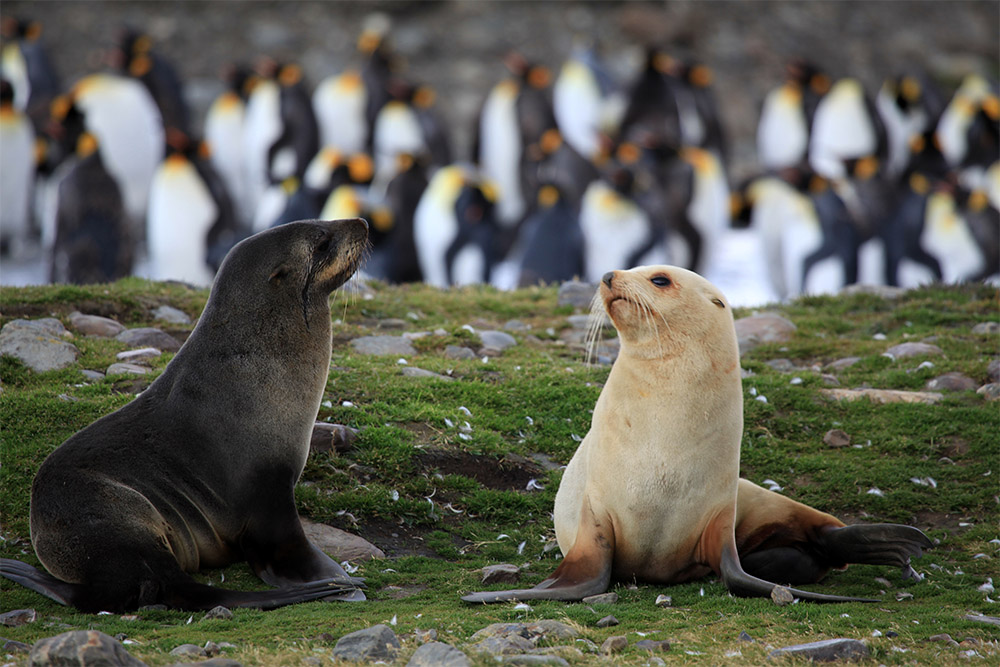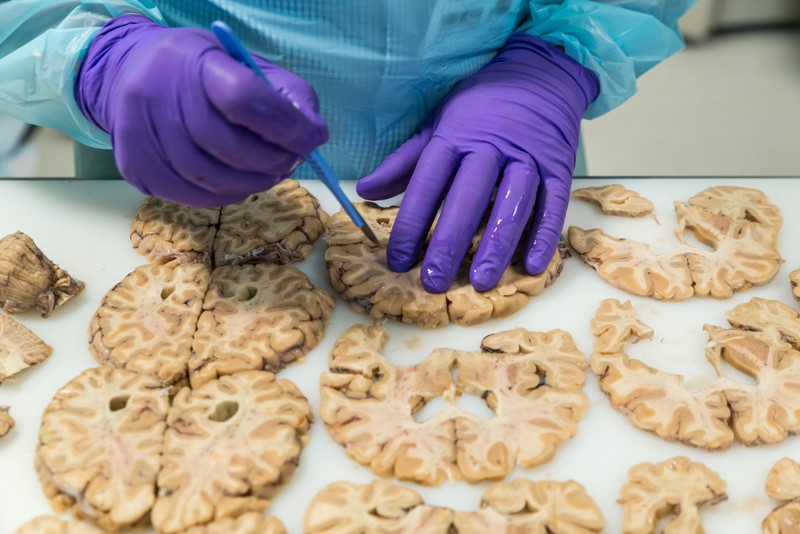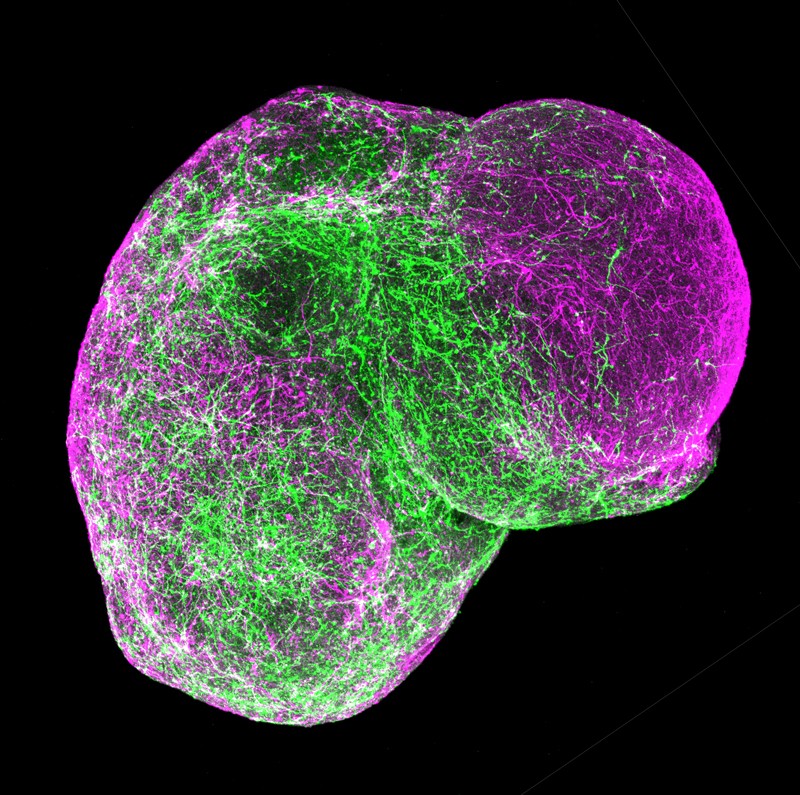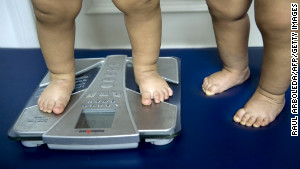Sparing Piscine Pain
"God put these animals on the earth for us to survive on. Whoever's coming out with 'fish are tortured', or 'fish feel pain', they're not playing with a full deck."
"I don't want to be rude."
"[The tanks at Abrams Seafood, Panama City Florida, containing ice and water above freezing] kills them instantly. They're not moving around."
Greg Abrams, Florida commercial fisherman
"I have argued that there is as much evidence that fish feel pain and suffer as there is for birds and mammals - and more than there is for human neonates and preterm babies."
"Whatever that means for the fish. It's not that they experience the pain that we do, which is more sophisticated."
"It's not a swift death. It's not much fun watching a fish flopping around, not breathing normally."
"The brain is still alert [for fish in chill tanks] though the fish have stopped moving. It can take several minutes for fish to die in icy slush, with some fish still showing signs of gill cover movements five hours after entering the ice slurry."
Victoria Braithwaite, professor of fisheries and biology, Penn State University
"You have a catch come on board with two million creatures, and you're going to take each one of them and say, 'Let's change how you're dying'. It's impossible."
"You're not changing the way that the Russians are trawling or the way that the Japanese are trawling."
David Krebs, founder, Ariel Seafoods, Destin, Florida
 |
The hook of a fishing lure is stuck in the
upper jaw of this rainbow trout. Whether the animal feels pain is not
verified beyond any doubt, according to a new study. Credit: Alexander Schwab
|
If the public considers the possible effects on fish when they're caught and hauled out of their natural environment to asphyxiate on their way to dying, the negligible afterthought borne of social custom considering fish to be devoid of feeling or emotion is that it just happens; they die and become food. Not that they die in agony, or that they die desperately attempting to save themselves from death because they have been imprinted by nature to struggle to survive, as do all living organisms.
We argue to ourselves that their brains are too primitive, too underdeveloped and rudimentary to account for feelings such as pain, let alone a primal group memory of tactics to avoid death. We are sentient, they are not, therefore we feel the agony of pain and of impending death, and they cannot and do not. Scientists, biologists and researchers have been studying the issue and it's been years since they reached a conclusion that nothing could be further from the truth.
According to one academic, brains of certain ray-finned fish are "sufficiently complex to support sentience", while other academics have written that fish and other aquatic species "meet the criteria for sentience, including the ability to experience positive and negative emotions". In 2003, Professor Braithwaite co-authored a study suggesting fish anatomy is sufficiently complex to enable them to experience pain and discomfort. A later book, Do Fish Feel Pain? consolidated her conclusion.
In an article that ran in the storytelling studio Topic, writer Cat Ferguson posits that the Japanese fish-killing technique, named Ike Jime is not only more humane than other types of slaughter, but it also results in better-tasting fish products; stress and pain hormones will not have 'spoiled' the taste of the fish, as a result of an instant kill, bypassing prolonged death resulting in the agony of killing pain.
In acknowledging that fish feel pain, the question now is how would that knowledge impact the fishing industry, and presumably the demands made by a consuming public wanting to know that the fish products they consume are humanely killed before processing? To satisfy consumer demand governments would be pressed to respond with regulations around animal slaughter, much as is done with livestock. That would impact on trawlers and fish farms but commercial trawlers?
Over 80 percent of the seafood North Americans consume is imported and even though a large proportion of it is actually caught by local fishermen, it is often sent overseas to be processed, and then returned to North America, frozen and prepared. Commercial fishing boats are capable of netting a million or more fish at one swoop. Those large commercial trawlers kill their haul by allowing the fish to asphyxiate on deck, which takes several minutes before they die.
A World Bank report estimates that aquaculture will become the supplier of over 60 percent of fish for human consumption by 2030. That same aquaculture that is making an effort to reverse its reputation for polluting the environment and spreading (fish) disease. A senior research associate with Freshwater Institute, a West Virginia research facility, speaks of their mission to create recirculating aquaculture systems to alleviate fish stress through to the stage of slaughter.
There, at Freshwater, the group linked to the Conservation Fund, employs equipment that kills fish instantly with a pneumatic piston to the brain, where 15 seconds is all it takes from the salmon's tank removal to slaughter; a humane slaughter designed to comfort consumers as much as to regard the welfare of the fish itself. The process at Freshwater "actually leads to a high-quality product at the end", states senior research associate John Davidson.
/https://public-media.smithsonianmag.com/filer/d6/93/d6939718-4e41-44a8-a8f3-d13648d2bcd0/c3npbx.jpg) |
Whether or not fish feel pain has been debated
for years. But the balance of evidence says yes. Now the question is,
what do we do about it?
(redbrickstock.com / Alamy)
|
Labels: Biology, Emotions, Pain, Piscine Science





/https://public-media.smithsonianmag.com/filer/a2/1b/a21b3dd1-86df-4330-b746-2c4bf21c6604/1280px-wild_rabbits_at_edinburgh_zoo.jpg)








/arc-anglerfish-tgam-prod-tgam.s3.amazonaws.com/public/47EKMKFT5ZHQVNQIWEJUA42HYA)













